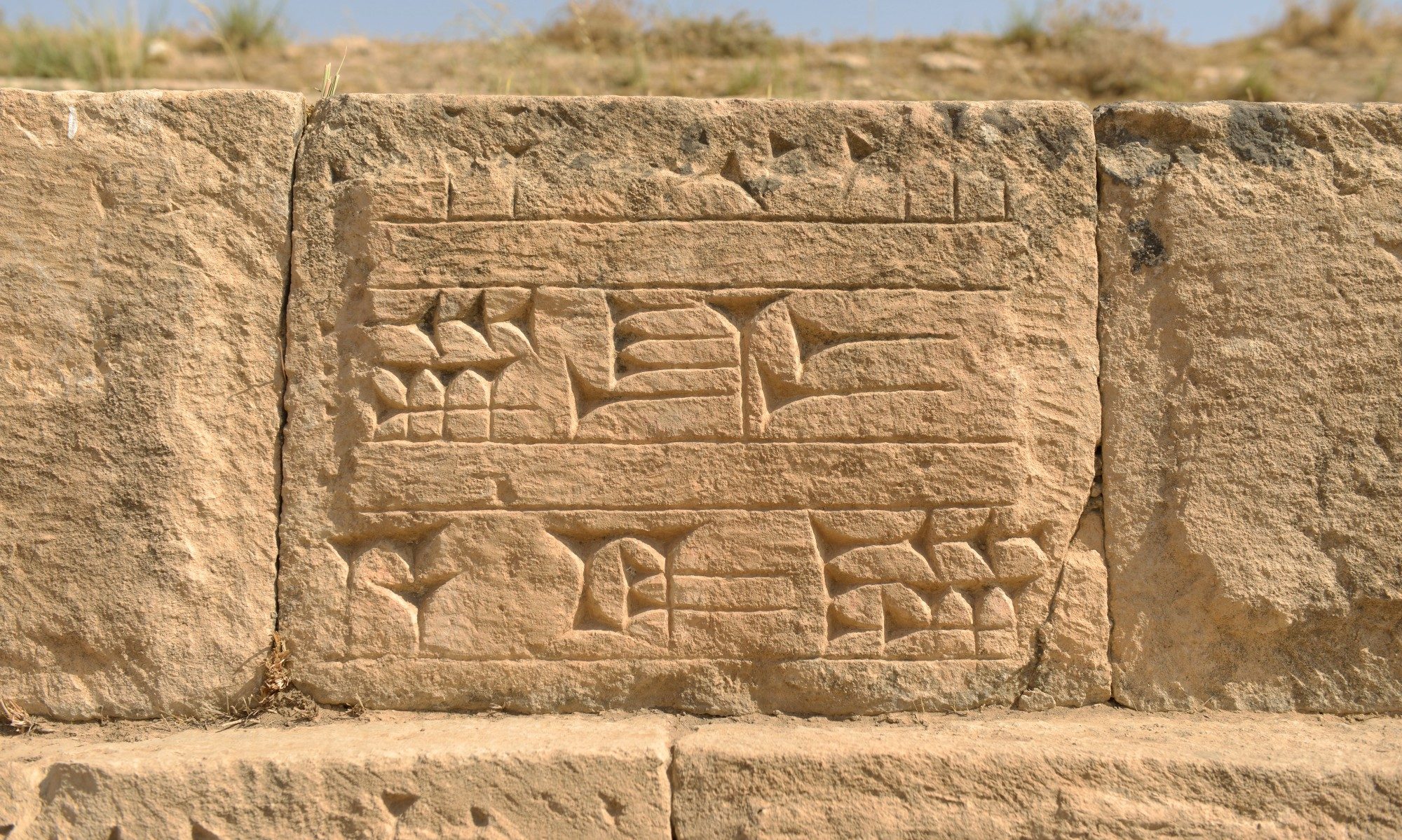Heritage and Cultural Healing: Iraq in a post-Daesh Era
Published
International Journal of Heritage Studies (IJHS), 26 April 2019
Authors
Roger Matthews, Qais Hussain Rasheed, Mónica Palmero Fernández, Seán
Fobbe, Karel Nováček, Rozhen Mohammed-Amin, Simone Mühl and Amy
Richardson
Abstract
Against the backdrop of the destruction of Iraqi heritage over the past quarter of a century, this article critically reviews key aspects of the current state of Iraq’s cultural heritage, including damage to heritage buildings caused by Daesh in Iraq’s second largest city, Mosul. We bring together Iraqi and non-Iraqi expertise in heritage, archaeology, and human rights law to frame our approach, building on the movement to link cultural diversity, heritage, and cultural rights. We emphasise the need for planning to enhance protection of Iraq’s heritage, in particular through the preparation of inventories, the provision of resources for heritage education in schools and the development of Iraq’s museum sector. Iraq’s presence on the UNESCO World Heritage Lists needs to be enhanced, and the issues of illicit site looting and traffic in looted antiquities must be addressed within international contexts. Iraq’s future accession as State Party to the 1999 Second Protocol to the 1954 Hague Convention is a priority in achieving these goals. The paper stresses the need for co-creation of heritage knowledge and a gender-sensitive human rights approach for the future of Iraq’s globally significant cultural heritage.
Keywords
Iraq, cultural heritage, human rights, cultural rights, UNESCO, 1954 Hague Convention
Citation
Roger Matthews, Qais Hussain Rasheed, Mónica Palmero Fernández, Seán Fobbe, Karel Nováček, Rozhen Mohammed-Amin, Simone Mühl & Amy Richardson (2019): Heritage and cultural healing: Iraq in a post-Daesh era, International Journal of Heritage Studies, DOI: 10.1080/13527258.2019.1608585
How to Protect Outstanding Cultural Heritage from the Ravages of War? Utilize the System of Enhanced Protection under the 1999 Second Protocol to the 1954 Hague Convention
Published
Antiquities Coalition Think Tank, April 2019
Author
Seán Fobbe
Abstract
Cultural heritage around the world continues to be threatened by war. The 1954 Convention for the Protection of Cultural Property in the Event of Armed Conflict (‘1954 Hague Convention’) automatically confers protected status on every cultural property “of great importance to the cultural heritage of every people.” This very universality, however, is also its greatest weakness: it does not provide visibility to individual cultural sites or help military planners and field commanders choose priorities. In addition, the system of Special Protection under the 1954 Hague Convention is in a state of relative dormancy due to its requirement that sites be located an adequate distance from military objectives, and because of the politicization of the inscription process during the Angkor debacle of the 1970s. World Heritage status functions as a stop-gap measure for some sites, but is financially infeasible for most States and, in any case, provides no additional legal protection.
The system of Enhanced Protection under the 1999 Second Protocol to the 1954 Hague Convention addresses these shortcomings by uniting three important considerations: wider scope, ease of access, and strong legal protection. This article recommends that States ratify the 1999 Second Protocol, nominate relevant sites and objects for Enhanced Protection, and support the system of Enhanced Protection by providing and requesting financial and technical assistance from the Fund for the Protection of Cultural Property in the Event of Armed Conflict.
Citation
Seán Fobbe, ‘How to Protect Outstanding Cultural Heritage from the Ravages of War? Utilize the System of Enhanced Protection under the 1999 Second Protocol to the 1954 Hague Convention’, Policy Brief No 5 (Antiquities Coalition 2019) <http://thinktank.theantiquitiescoalition.org/wp-content/uploads/2019/04/Policy-Brief-No-5-April-2019.pdf>
The Assyrian Sculptures in the Mosul Cultural Museum: A Preliminary Assessment of What Was on Display Before Islamic State’s Attack
Published
Journal of Near Eastern Studies, 2016
Author
Paolo Brusasco
Abstract
An assessment of damage in the Mosul Cultural Museum. You can download Paolo Brusasco’s inventory of the looted and damaged Assyrian sculptures of the Mosul Cultural Museum, painstakingly constructed from photographs.
Citation
Brusasco, P. 2016. The Assyrian Sculptures in the Mosul Cultural Museum: A Preliminary Assessment of What Was on Display Before Islamic State’s Attack. Journal of Near Eastern Studies 75.2: 205-248.

